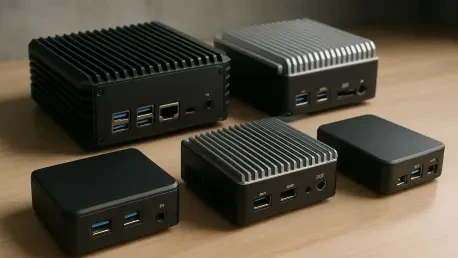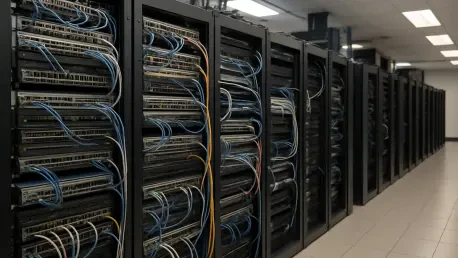
In an era where artificial intelligence is increasingly integral to industries ranging from manufacturing to education, the high cost and complexity of edge computing solutions have often created barriers for smaller players and innovators. Imagine a world where real-time AI processing is not just

Frontgrade Technologies has unveiled the SBC-2A72 VNX+ Single Board Computer, an advanced, space-qualified embedded computer specifically designed for high-performance edge computing in the unique domain of air and space platforms. This novel solution is tailored to elevate onboard processing,

The ever-escalating power demands of artificial intelligence (AI) are stretching existing data infrastructures to their breaking point, forcing a reevaluation of how energy is utilized. AI advancements have increased the strain on data centers, traditionally handling these workloads, with these

The realm of data processing is witnessing a seismic shift with the emergence of edge intelligence servers, a development influencing the very fabric of numerous industries. Traditionally, data was processed in expansive centralized clouds, leading to challenges regarding latency, bandwidth, and

Artificial Intelligence (AI) is significantly transforming network operations and the realm of cybersecurity in various sectors, including telecom, banking, financial services, insurance (BFSI), and manufacturing. The networks market is experiencing rapid evolution as AI applications drive

The launch of the Aurora supercomputer by the United States Department of Energy’s Argonne National Laboratory represents a monumental advancement in the field of high-performance, exascale computing. This groundbreaking system emerges from a collaboration among government entities and industry